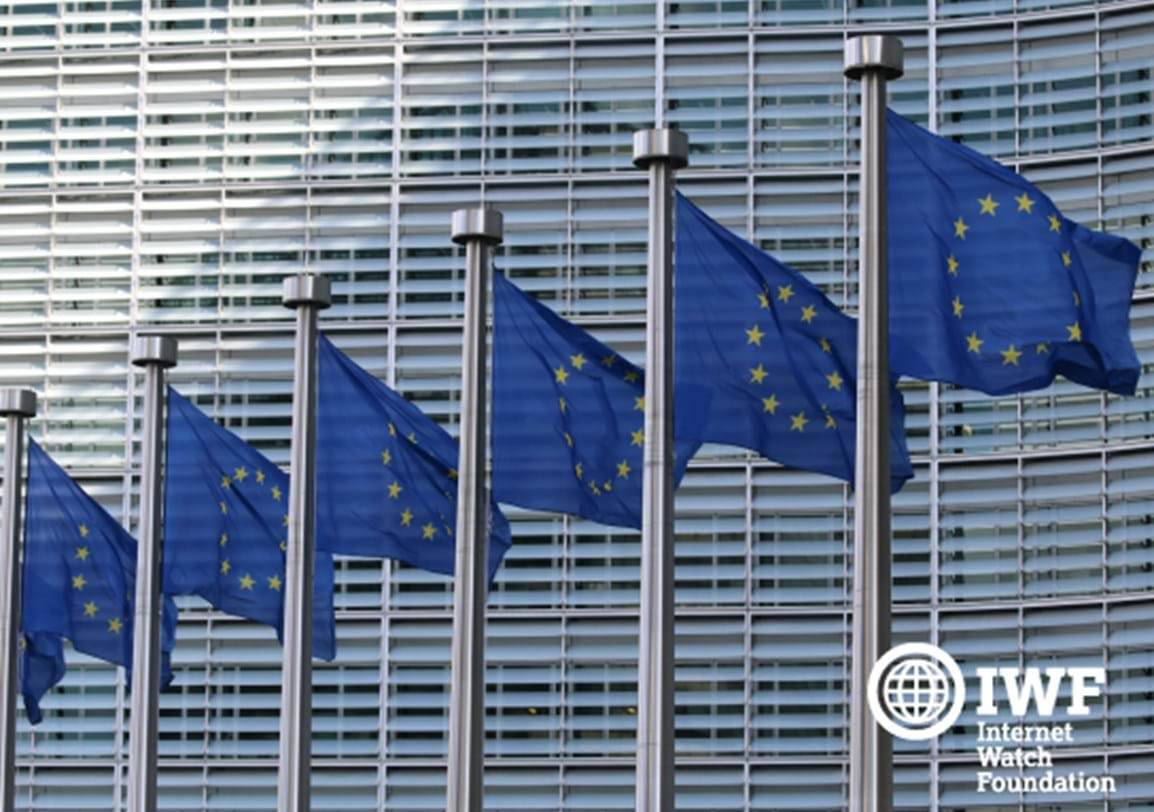
AI-generated videos of child sexual abuse a ‘stark vision of the future’
Real victims’ imagery used in highly realistic ‘deepfake’ AI-generated films

Published: Tue 8 Feb 2022
Europe’s largest hotline, the Internet Watch Foundation, is using this year’s Safer Internet Day to urge the European Commission to bring forward long awaited legislation to address the growing threat to children online.
Experts are calling on the European Commission to speed up new legislation to protect children online as new data shows reports of imagery of child sexual abuse captured via a webcam has “exploded” following the coronavirus pandemic.
The Internet Watch Foundation (IWF), Europe’s biggest dedicated hotline for combatting child sexual abuse material online, says reports of URLs containing images or videos of self-generated material have increased 374% on pre-pandemic levels.
Today (February 8) on Safer Internet Day, the IWF is urging the European Commission to bring forward much needed legislation to address the growing threat to children online.
This comes following reports of a new delay in the publication of the European Commission proposals, which are now not expected until March 30.
Experts at the IWF say new legislation is needed as soon as possible to protect children as analysts see more, and increasingly, younger children being groomed and abused online.
In 2021, the IWF removed 252,000 webpages containing child sexual abuse imagery from the internet.
Each webpage can contain hundreds or thousands of individual images and most of these webpages are hosted on image hosting boards and cyberlockers hosted on servers located in Europe.
The IWF has seen an explosion of “self-generated” child sexual abuse imagery circulating online.
Self-generated child sexual abuse content is created using webcams, very often in the child’s own room, and then shared online.
In some cases, children are groomed, deceived or extorted into producing and sharing a sexual image or video of themselves. There is no adult physically present in the room.
New data suggests a pronounced increase in this kind of material in the wake of the coronavirus pandemic, with fears more children spending time locked down at home are falling victim to predators who are looking to exploit the situation.
In 2019, the IWF took action to remove 38,424 URLs containing images or videos of self-generated material. In 2021 the Foundation actioned 182,281 URLs. This is a 374% increase.
Child sexual abuse images generated in this way now account for nearly three quarters (72%) of all the content the IWF works to remove online.
Young girls are at particular risk. Ten years ago (in 2011), they accounted for 60% of the children seen in child sexual abuse images. That has now risen to 97%.
In 2021, children aged 11-13 years old feature most prominently in these images, but the IWF has also removed 27,000 instances in the 7-10 age range in the past year – making self-generated imagery of children in this age group the fastest growing type of material seen by the IWF’s hotline.
Emma Hardy, Communications Director at the IWF, said: “We have investigated more reports in the past year than the entire first 15 years we were in operation.
“Whilst we have got better at locating this content through our ability to proactively search and invest in technology, we remain extremely concerned about emerging harms, and have witnessed an explosion of self-generated images, live streaming and the sheer proliferation of images hosted in Europe.
“We are supportive of the EU’s plans to bring forward new legislation to address this abhorrent crime and we hope that it includes a clearer strategy to prevent the creation of this imagery and improve the situation with Europe’s hosting issues.
“This Safer Internet Day we are encouraging the European Commission to bring forward these proposals as soon as possible and we stand ready to assist them in taking the fight to those who seek to exploit children.”
In 2020, 86% of all known child sexual abuse material discovered online by the IWF was hosted in Europe.
Europol’s recent serious organised threat assessment also supported the growing problem regarding the increases of child sexual abuse material online.
It stated: “There has been a continuous increase in activities related to the sexual abuse of children over recent years. Child Sexual Exploitation targets the most vulnerable in our society.”
The threat assessment goes onto highlight grooming and live streaming as key threat issues which need to be addressed.
The report also highlights that it remains a crime that is highly under reported and many victims remain unidentified.
Images and videos of online child sexual abuse can be reported anonymously at report.iwf.org.uk
The public is given this advice when making a report:

Real victims’ imagery used in highly realistic ‘deepfake’ AI-generated films